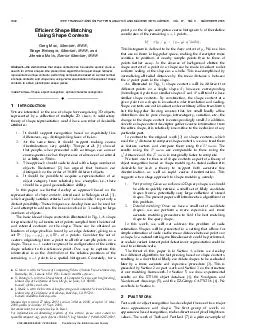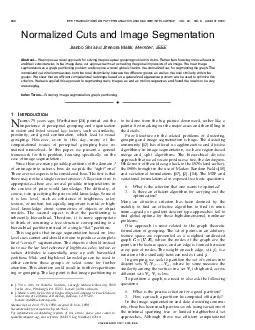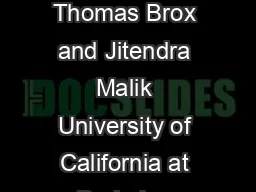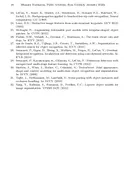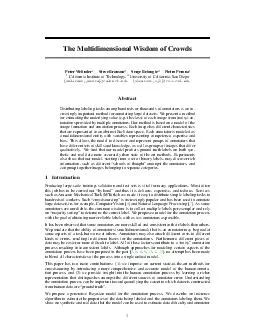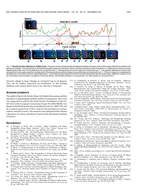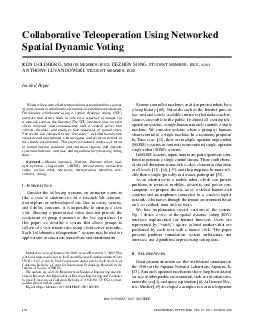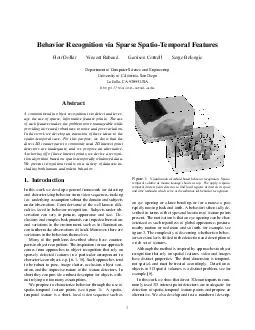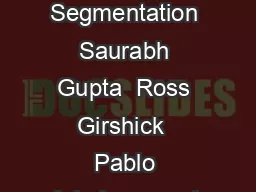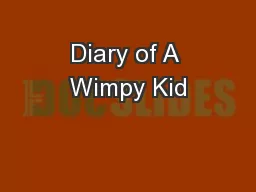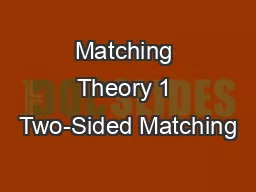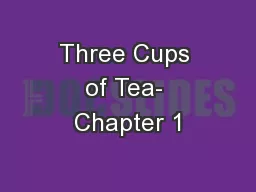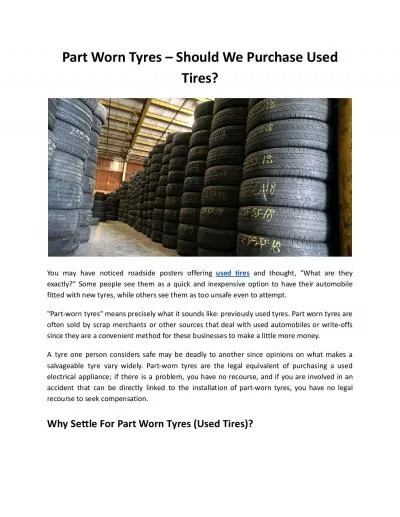PDF-Efficient Shape Matching Using Shape Contexts Greg Mori Member IEEE Serge Belongie Member
Author : karlyn-bohler | Published Date : 2015-01-15
We present two algorithms for rapid shape retrieval representative shape contexts performing comparisons based on a small number of shape contexts and shapemes using
Presentation Embed Code
Download Presentation
Download Presentation The PPT/PDF document "Efficient Shape Matching Using Shape Con..." is the property of its rightful owner. Permission is granted to download and print the materials on this website for personal, non-commercial use only, and to display it on your personal computer provided you do not modify the materials and that you retain all copyright notices contained in the materials. By downloading content from our website, you accept the terms of this agreement.
Efficient Shape Matching Using Shape Contexts Greg Mori Member IEEE Serge Belongie Member: Transcript
Download Rules Of Document
"Efficient Shape Matching Using Shape Contexts Greg Mori Member IEEE Serge Belongie Member"The content belongs to its owner. You may download and print it for personal use, without modification, and keep all copyright notices. By downloading, you agree to these terms.
Related Documents

